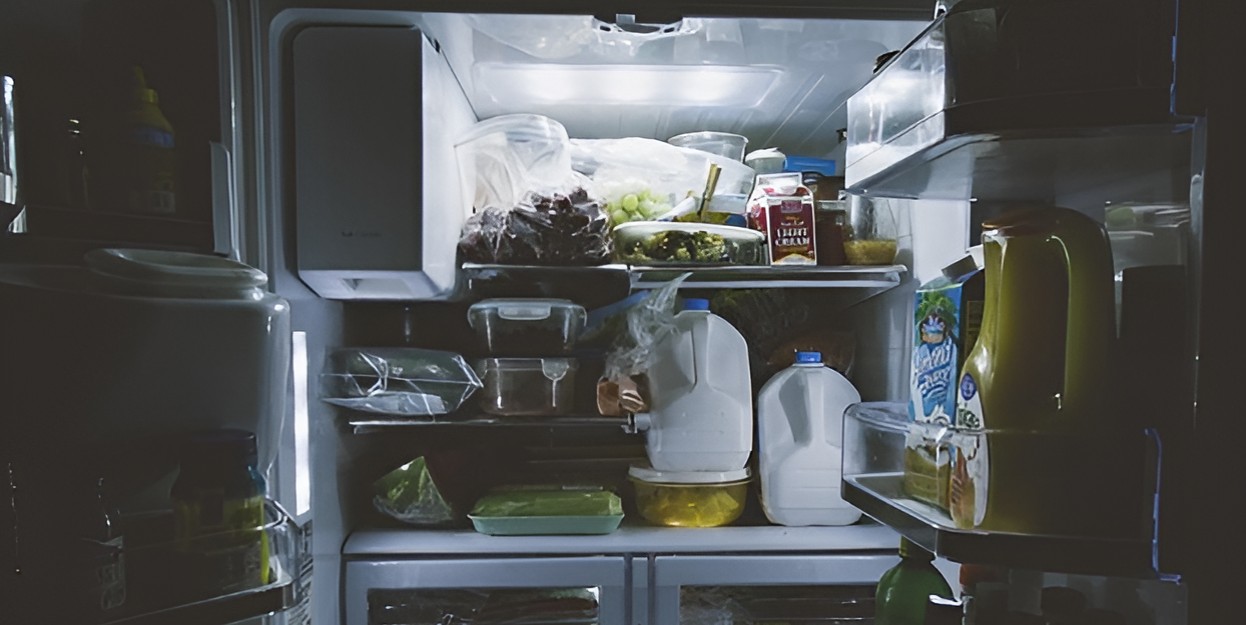Fridge safety warning: Five common mistakes that put your health at risk

Experts warn that rising global temperatures and surging foodborne illnesses mean neglecting basic fridge safety habits could make you sick or even cost you your life, prompting calls to “rethink the refrigerator.”
Your fridge may look harmless — sleek, cool, and dependable — but it could be the most dangerous appliance in your home.
Experts warn that neglecting simple fridge safety habits can make you sick, and in some cases, put your life at risk. Rising global temperatures and increasing cases of foodborne illness have prompted public health agencies to urge households to “rethink the refrigerator.”
More To Read
- Kenya officially eliminates sleeping sickness as public health threat, WHO confirms
- Extreme weather affects mental health: What vulnerable women in Kenya told us
- Ruto makes key appointments to public health agencies
- Public hospital patients may have received untested drugs, Auditor-General reveals
- AI chatbots can boost public health in Africa - why language inclusion matters
- How misinformation is hampering Kenya's fight against infectious diseases
Here are five silent but serious fridge habits you need to fix before it’s too late.
1. Not checking the temperature
A 2024 study by France’s National Agency for Food Safety (ANSES) found that more than 30 per cent of surveyed households had fridge temperatures above 5°C (41°F), deep in the bacterial danger zone.
"At 5°C or higher, pathogens like Listeria and Salmonella don't just survive, they multiply, very fast," said Richard Kimonge, a Nairobi-based microbiologist.
"You could refrigerate your food, thinking it’s safe, while unknowingly cultivating a health hazard. This is especially true if you store your food openly in your fridge."
Health authorities recommend placing a digital thermometer inside your fridge and avoiding reliance on built-in dials.
2. Overstuffing the fridge
Many people treat their refrigerators like a pantry, storing canned foods, bread, tomatoes, and containers crammed into every inch.
But that’s a serious mistake, even if it seems normal.
"The fridge isn’t magic," Kimonge warns.
"The fridge does not have to be full to the brim; in fact, skip those social media expectations. It needs airflow to maintain a consistent temperature. When you overload it, you block vents, and some zones, like door shelves and bottom drawers, may stay too warm for safe storage, because the cold air might not reach there."
Overfilling your fridge can cause milk to spoil, bacteria to spread, and food poisoning from items that appear “fresh.”
3. Placing hot food straight inside
In the rush to clean up after cooking, many people put steaming hot sufurias or containers directly into the fridge, a bad habit.
This raises the fridge’s internal temperature and creates a “danger zone” between 4°C and 60°C, where bacteria can thrive before food cools.
"Always allow hot food to cool for 30 minutes at room temperature before refrigerating in small, shallow containers," Kimonge said.
4. Letting mould and bacteria build up in hidden places
You might wipe spills, but when was the last time you cleaned the drip tray behind the fridge, removed the rubber door seals, or washed the underside of the crisper drawer?
A 2023 audit by a British home safety group found that 40 per cent of tested fridges harboured mould or E. coli, even in homes that looked spotless.
“Just because your fridge looks clean, it might actually be dirtier than your toilet sewer. Mould spores can spread through air circulation inside the fridge,” said Kimonge.
“If you’re immunocompromised or have allergies, this may be a serious threat."
Experts recommend cleaning your fridge every two to four weeks using vinegar and baking soda, lemon, or diluted bleach, and tossing expired condiments and forgotten leftovers (yes, even that ketchup from last year).
5. Ignoring electrical and mechanical dangers, and buying old fridges
Fire from a fridge may sound unlikely, but it can happen in an instant.
In late 2024, Frigidaire recalled over 600,000 mini-fridges after overheating compressors caused burns and house fires.
Old fridges, too, carry hidden hazards.
“Many Kenyans often go for second-hand fridges to save on the cost of buying new fridges. They forget that these old fridges have aged insulation, faulty thermostats, and leaking refrigerants,” Kimonge noted.
These faults can cause chemical burns, toxic inhalation, or worse. Abandoned or unused fridges can also trap children.
“Refrigerator entrapment,” when someone, typically a child, becomes stuck inside an airtight fridge or freezer, has led to tragedies, including two child deaths in the US in 2023.
Most households trust their fridges, but as research shows, a poorly maintained one is not just inefficient, it’s dangerous.
Use your fridge wisely. It’s not a bottomless pantry or storage space; it’s a critical tool for keeping your food and your family safe.
Top Stories Today














































